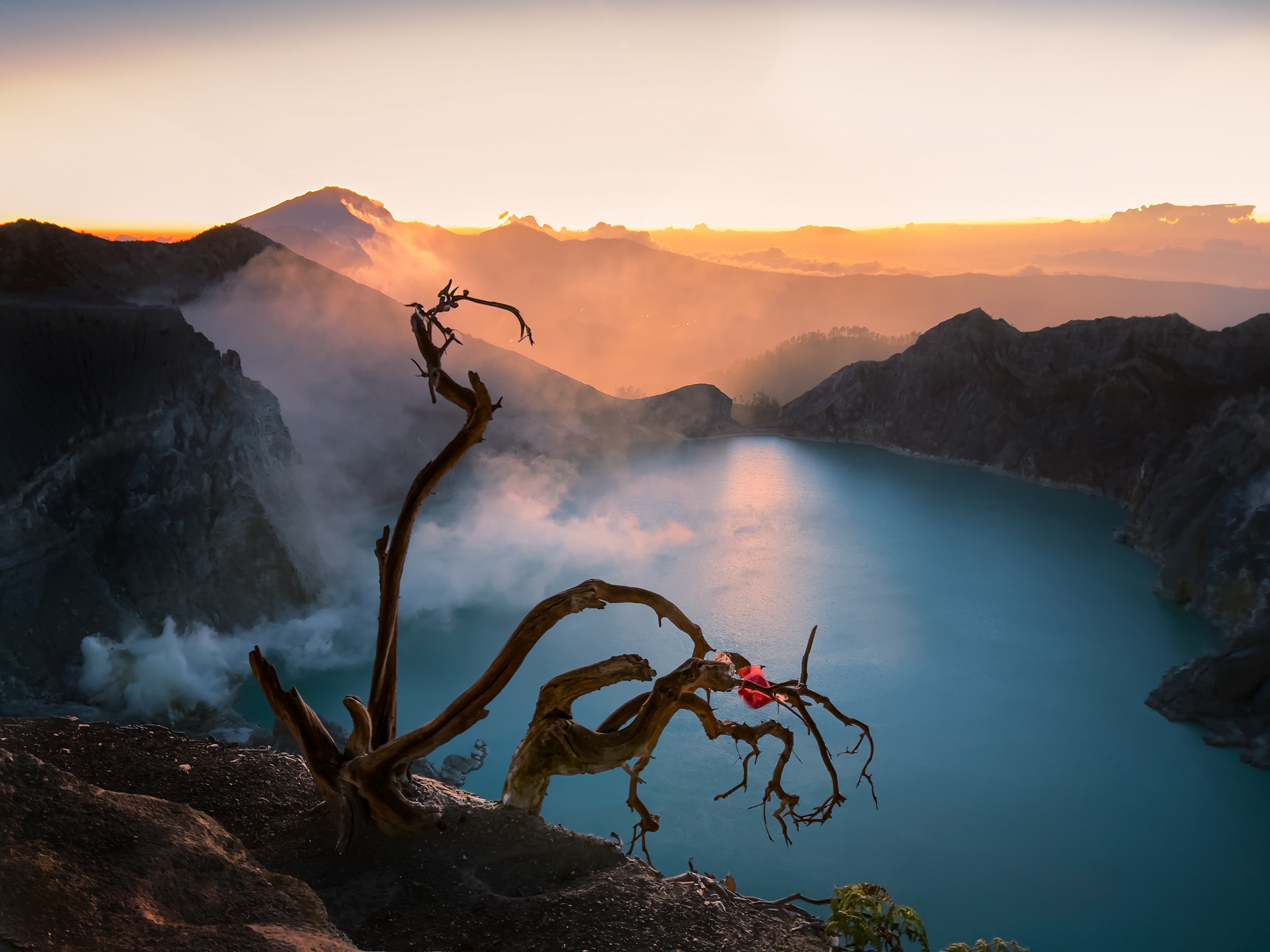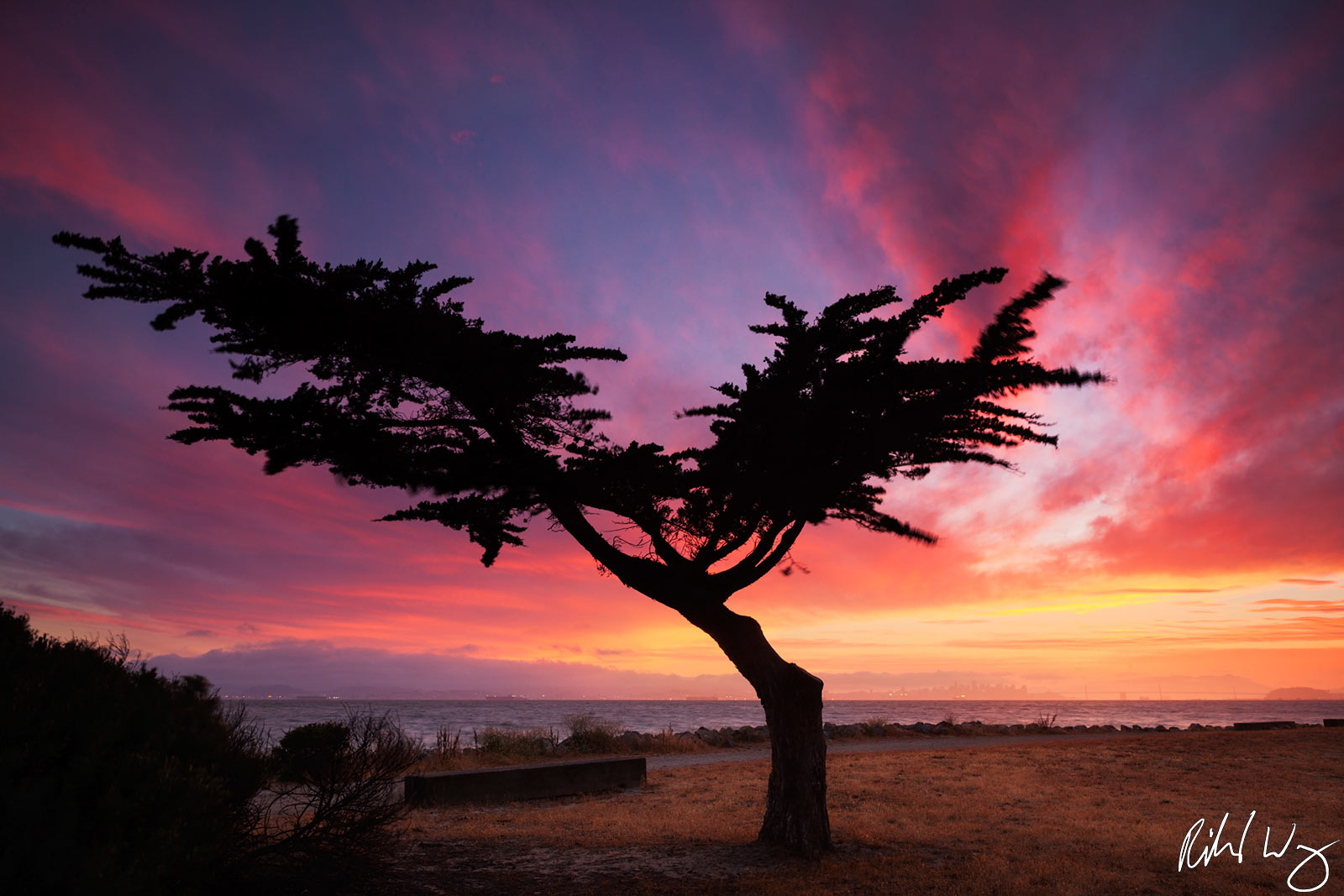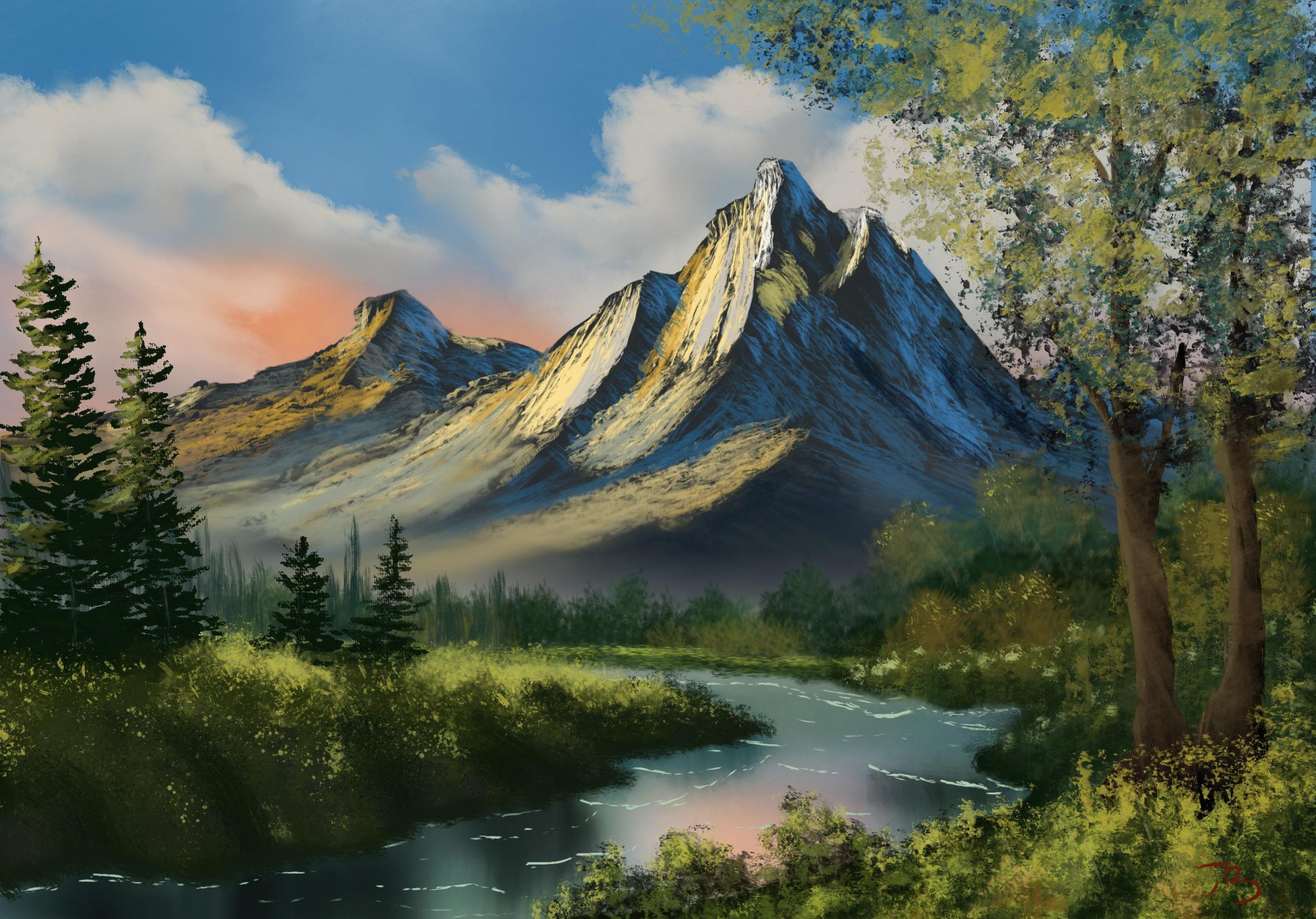Explore Nature Photography Capturing Earths Beauty as a Creative Hobby

Unleashing Creativity Through Nature Photography
In a world increasingly dominated by technology and concrete jungles, taking a moment to connect with nature offers a refreshing escape and a chance to express creativity. Photography, particularly nature photography, serves as a powerful medium for documenting the beauty and intricacies of the natural world. This creative hobby not only allows individuals to refine their artistic skills but also fosters a deeper appreciation for the environment.
With nature photography, enthusiasts can explore diverse landscapes, capturing breathtaking moments that often go unnoticed. The rise of social media has further amplified this art form, inspiring many to share their work and connect with like-minded individuals. As you embark on this journey, consider the following aspects that will elevate your photography experience.
- Techniques for capturing stunning landscapes
- Essential gear for aspiring photographers
- Post-processing tips to enhance your images
- Best locations for nature photography
- Online communities to share and learn
In this article, we will delve into the fascinating world of nature photography and unveil the Top 5 tips for capturing the vibrant beauty of our planet. Are you ready to ignite your creativity and witness the unparalleled wonders of the world through your lens?
DON’T MISS: Click here to discover how to create your travel-themed sketchbook!
Top 5: Exploring Nature Photography – Capturing the Beauty of the Natural World as a Creative Hobby
Nature photography serves as a thrilling and fulfilling hobby for countless enthusiasts worldwide. It provides a window through which to observe and appreciate the breathtaking beauty of our planet. Whether you’re observing the gentle intricacies of a butterfly’s wings or capturing the grand sweep of ancient mountains, the opportunities afforded by nature photography are limitless and invigorating. This article delves into the top five fascinating aspects of nature photography, guiding you on how to embark on this richly rewarding creative journey.

5. Equipment Essentials
Embarking on the venture of nature photography requires the right tools to effectively capture the myriad wonders of the natural world. Acquiring the appropriate equipment can vastly enhance both the experience and the quality of your work. While a professional camera setup can be beneficial, great photography isn’t exclusively dependent on the most expensive gear. Enthusiastic beginners can achieve remarkable results even with a simple smartphone camera. Let’s explore what equipment is necessary and beneficial for nature photography:
- Camera Types: Understanding the differences among DSLRs, mirrorless cameras, and compact cameras is essential. DSLRs and mirrorless cameras offer a variety of interchangeable lenses and manual settings, which provide flexibility and control. Compact cameras, on the other hand, provide convenience and portability, allowing for quick captures during impromptu moments.
- Lenses: The right lens can transform an ordinary image into a masterpiece. A wide-angle lens is ideal for sweeping landscapes, a macro lens allows you to capture minute details, such as dew on a spider web, while a telephoto lens is invaluable for photographing wildlife from a distance.
- Tripods: Stability is crucial, especially in low-light environments or when capturing images with long exposure times. A sturdy tripod can prevent image blur, enhancing the clarity and sharpness of your shots.
- Accessories: Practical accessories such as filters (for enhancing colors and reducing glare), spare batteries (to ensure you’re never caught short of power), and additional memory cards (to accommodate extensive photo sessions) are indispensable parts of a photographer’s toolkit.
Investing in the right equipment tailored to your photographic needs can greatly elevate your work and enrich your photographic journey.
4. Understanding Lighting
Lighting is the essence of photography, and mastering its nuances is vital, especially in nature photography. Different lighting conditions can dramatically alter the mood and appearance of a photograph, turning a simple scene into something extraordinary. Here’s how you can harness the power of lighting in your nature photography:
- Golden Hour: Occurring shortly after sunrise and just before sunset, this time period offers warm and gentle lighting, casting long shadows and a soft glow, perfect for landscapes and wildlife photography.
- Blue Hour: This is the twilight period just before sunrise and after sunset, characterized by a captivating cool blue light, creating a dreamy and ethereal atmosphere.
- Midday Light: While often avoided due to its harshness, direct midday light can be useful for capturing vivid colors and stark contrasts, especially in environments like deserts or snow-covered landscapes.
By familiarizing yourself with these conditions and learning to adapt your techniques accordingly, your ability to capture striking images will significantly improve. Consider experimenting with lighting to discover and achieve the moods and effects you wish to impart in your photos.
3. Composition Techniques
The aesthetic quality of a photograph often lies more in its composition than in its subjects. Mastering certain composition techniques can transform your images from ordinary snapshots into compelling and evocative visual stories. Here are some foundational composition techniques to enhance your nature photography:
- Rule of Thirds: By mentally dividing your frame into thirds, both horizontally and vertically, you can strategically place subjects or horizons along these lines for a balanced and engaging composition.
- Leading Lines: Natural elements like rivers, roads, or tree branches can guide the viewer’s eye toward the main subject, creating depth and focus, drawing them deeper into the image.
- Framing: Using elements such as branches, archways, or even a unique rock formation to frame a subject adds interest and context, enhancing the overall composition.
These techniques help shape the visual narrative you wish to convey, elevating your images while allowing viewers to fully engage with your creative perspective.
2. Connecting with the Environment
A profound connection with nature can be transformative, influencing not only your experience but also the authenticity of your photographs. Immersing yourself in the environment enriches your ability to capture its essence. Consider the following methods to deepen your connection with the natural world:
- Be Patient: Nature operates on its own schedule. Remaining patient and ready allows you to seize spontaneous and authentic moments, such as a bird taking flight or a glimmer of light breaking through the clouds.
- Experience Different Locations: Every locale has its distinct character and potential. Explore varied habitats such as forests, mountains, and coastlines to discover unique subjects and compositions.
- Engage with Wildlife: Understanding animal behavior improves anticipation for potential shots. Learn to observe silently and respect their space, capturing candid and natural expressions.
Developing this bond with the environment enriches your work, creating photographs that not only captivate visually but also resonate emotionally.
1. Finding Your Unique Style
The journey of nature photography is not only about honing your technical skills but also about discovering and articulating your unique visual voice. Experimentation and authenticity are key to developing a style that is distinctly yours. Here are ways to cultivate your individuality in photography:
- Post-Processing: Editing tools such as Adobe Lightroom or Photoshop can significantly define your style. Experiment with color grading, contrast adjustments, and cropping to create a visual signature.
- Color Palette: Identifying a preferred color scheme, whether vibrant and warm or serene and cool, can become a hallmark of your work, conveying mood and narrative.
- Subjects: Focus on what subjects resonate with you. Whether it’s the delicate intricacies of macro shots or the expansive beauty of landscapes, choose what captivates your imagination.
Your individual style lends character and distinction to your work, making your photography instantly recognizable and deeply personal. Allow your creativity to flow freely as you reveal the beauty of the natural world, one frame at a time.
Embarking on the path of nature photography offers endless possibilities for exploration, discovery, and personal expression. Through diligent practice, an open mind, and a keen eye, the natural world becomes a canvas of infinite inspiration.
| Category | Advantages |
|---|---|
| Creativity Boost | Engaging with nature photography enhances your creative instincts, allowing you to see beauty in unexpected places. This can inspire artistic vision, pushing you to experiment with new techniques and perspectives. |
| Connection with Nature | Through photography, you forge a deeper connection with the environment. This encourages mindfulness and appreciation for biodiversity, natural habitats, and the intricate details of flora and fauna. |
| Technical Skills Development | Photography requires knowledge of various camera settings, lighting, and composition. As you practice, you enhance your technical skills, becoming more proficient with your equipment and gaining a better understanding of photographic art. |
| Community Engagement | Participating in nature photography often leads to joining communities where enthusiasts share tips and experiences. This network can offer support, foster collaborations, and create opportunities for exhibitions or workshops, broadening your horizons in photography. |
DISCOVER MORE: Click here to find out how to create a stunning photo wall
Frequently Asked Questions about Nature Photography
What equipment do I need to start with nature photography?
Starting in nature photography doesn’t necessarily require expensive or sophisticated equipment. Many enthusiasts begin with a simple DSLR or mirrorless camera paired with a standard zoom lens. For capturing detailed close-ups or distant subjects, you might consider investing in a macro lens or a telephoto lens. A sturdy tripod is also essential, especially for shooting in low light conditions.
How do I find the best locations for nature photography?
Discovering great locations often starts with exploration and research. National parks, reserves, and local natural parks can offer diverse subjects. Additionally, leveraging resources like online photography communities and forums can provide insights into popular spots and hidden gems. Seasonal guides and wildlife brochures may also point you towards locations where you can capture nature at its best.
What are the ideal settings for landscape photography?
For landscape photography, using the right settings can make a significant difference. A common approach is to use a small aperture (f/8 to f/16) to ensure depth of field, capturing detail throughout the scene. Shooting in RAW format offers flexibility in post-processing, allowing adjustments in exposure and details. Keep ISO low (100-400) to reduce noise, especially in daylight.
How can I improve the composition of my nature photographs?
Improving composition in nature photography involves mastering a few key techniques. Consider the rule of thirds to place subjects in an engaging position, creating balance within the frame. Leading lines and natural frames such as trees or rocks can draw the viewer’s eye deeper into the photo. Experimenting with different perspectives, such as bird’s-eye or ground level views, can also offer unique compositions.
DISCOVER MORE: Click here to unlock unique photography techniques
Conclusion
Engaging in nature photography as a creative hobby opens up a world of exploration and discovery, allowing individuals to not only document but also gain a deeper appreciation for the stunning beauty that the natural world offers. Throughout our exploration of this captivating hobby, several key aspects stand out. Firstly, nature photography encourages individuals to immerse themselves in their surroundings, fostering a greater understanding and awareness of the environment.
Secondly, it provides an avenue for personal development. By honing photographic skills such as composition, lighting, and timing, one’s creative expression is expanded, leading to potential artistic growth. Additionally, the unpredictable nature of outdoor environments enhances problem-solving abilities, as photographers must adapt to varying conditions.
Another significant aspect of nature photography is its ability to connect people with their sense of adventure. Whether venturing into a local park or traveling to far-off destinations, each photographic journey can become a memorable experience filled with unique stories and encounters with wildlife and landscapes.
Moreover, the hobby is not only personally rewarding but also has the potential to benefit broader communities. By capturing authentic images of nature, photographers can inspire others to appreciate and preserve the natural world, underscoring the crucial role that photography plays in environmental advocacy.
In conclusion, nature photography is a rewarding hobby that enriches the soul and sharpens the mind. It offers endless opportunities for education, inspiration, and connection with the world around us. Whether a beginner or a seasoned professional, every capture brings with it the possibility of seeing the world through a different lens, igniting a lifelong passion for the natural beauty that surrounds us.


